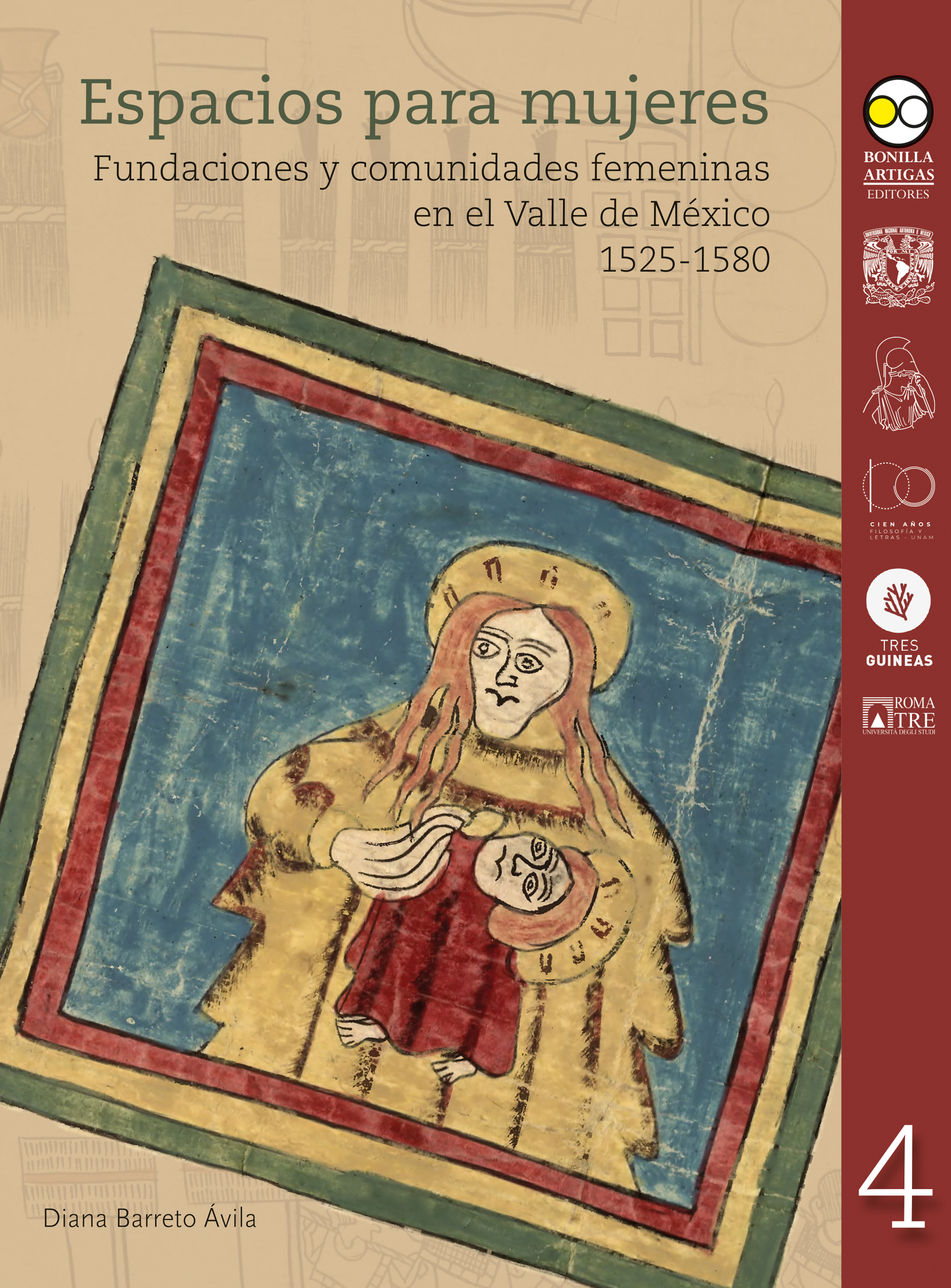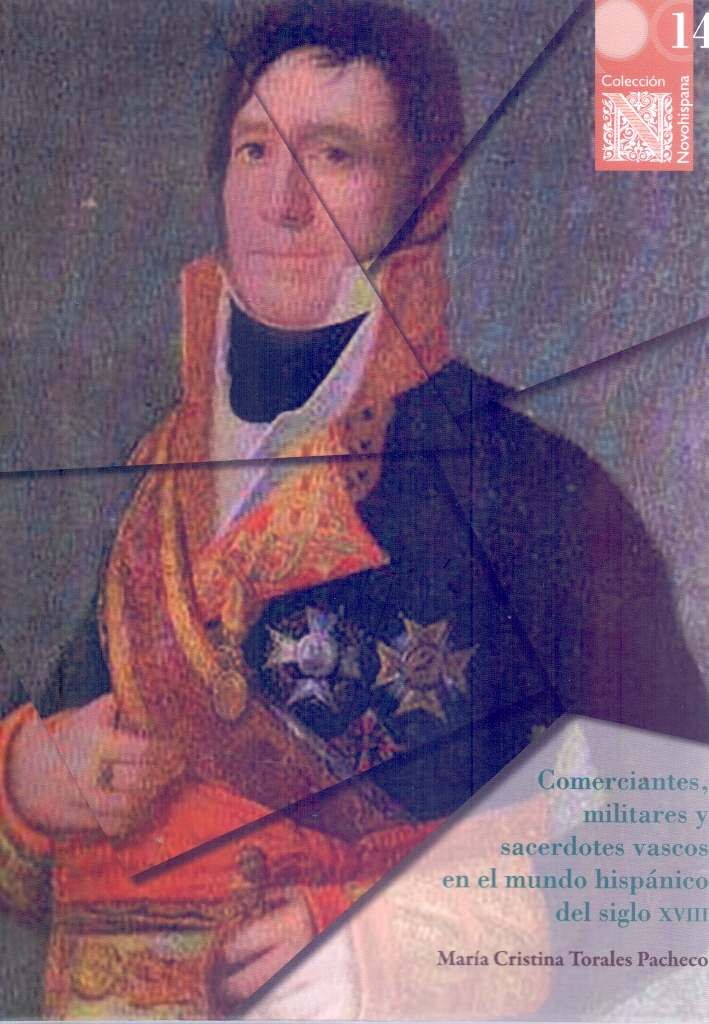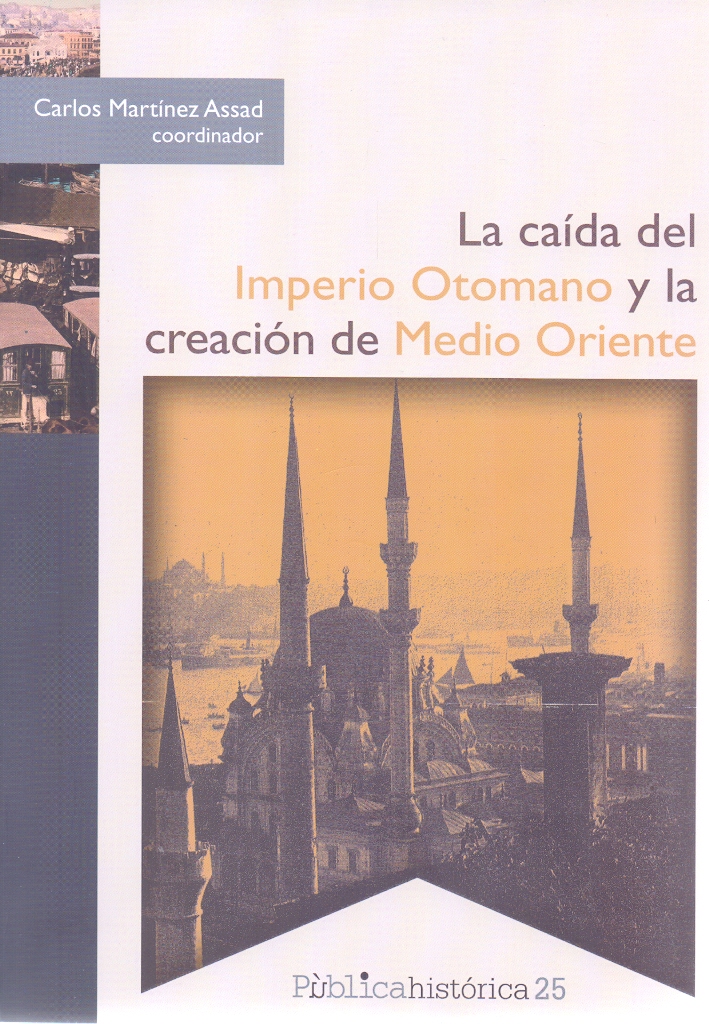Libros relacionados
 |
Espacios Para Mujeres: Fundaciones y Comunidades Femeninas en el Valle de Méxic Barreto Ávila, Diana Bonilla Artigas Editores |
 |
Enemigos Fueron Todos: Vigilancia y Persecución Política en el México Posrevoluc Valdez César Bonilla Artigas Editores |
 |
Historia Imperial del Santo Oficio (Siglos XV-Xix) Fernando Ciaramitaro, Miguel Rodrigues Lourenço Bonilla Artigas Editores |
 |
Comerciantes, Militares y Sacerdotes Vascos en el Mundo Hispánico del Siglo XVII Torales Pacheco, María Cristina Bonilla Artigas Editores |
 |
El Crisol y la Flama: Grupos Sociales y Cofradías en Pátzcuaro (Siglos XVI y XVI Flores García, Laura Gemma Bonilla Artigas Editores |
 |
La Caída del Imperio Otomano y la Creación de Medio Oriente Carlos Martínez Assad Bonilla Artigas Editores |
 |
Exilio Español y Su Vida Cotidiana en México, El. Serrano Migallón, Fernando; Woldenberg José Bonilla Artigas Editores |


|
Título: Power Of Projections. How Maps Reflect Global Politics And History | |
| Autor: Klinghoffer, Arthur Jay | Precio: $790.00 | |
| Editorial: Praeger Publishers | Año: 2006 | |
| Tema: Historia, Cartografia | Edición: 1ª | |
| Sinopsis | ISBN: 9780275991357 | |
| Why is Europe at the top half of maps and Africa at the bottom? Although we are accustomed to that convention, it is, in fact, a politically motivated, almost entirely subjective way of depicting a ball spinning in space. As The Power of Projections teaches us, maps do not portray reality, only interpretations of it. To begin with, they are two-dimensional projections of a three-dimensional, spherical Earth. Add to that the fact that every map is made for a purpose and its design tends to reflect that purpose. Finally, a map is often a psychological projection of the historical, political, and cultural values of the cartographer_or of the nation, person or organization for which the map was created.
In this fascinating book, Klinghoffer examines the world perceptions of various civilizations and the ways in which maps have been formulated to serve the agendas of cartographers and their patrons. He analyzes the recent decline of sovereignty, the spread of globalization, the reassertion of ethnic identity, and how these trends affect contemporary mapmaking. |
||
Librería Bonilla SA de CV © Todos los derechos reservados. 2019
Última actualización: Jul 2019









